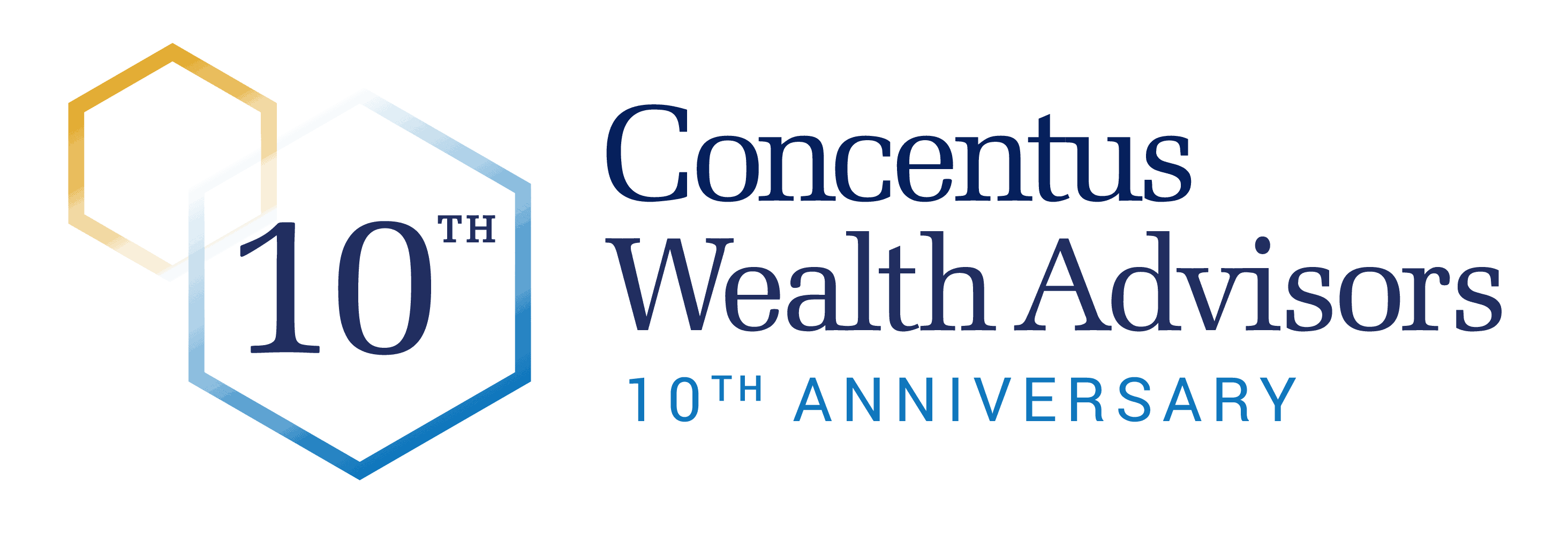The root of joy is gratefulness. It is not joy that makes us grateful; it is gratitude that makes us joyful.
– David Steindl-Rast
In last month’s article, we revisited the best approach to a bear market: buy more equities before the “sale” is over. This month, in honor of Thanksgiving, we ponder what we can be grateful for.
Inflation, Recession, and a Frantic Bear Market
As we detailed last month, the image below was published on the cover of LIFE Magazine back on June 5 of, 1970. Last month, we used this image to make the point that Harry S. Truman was correct when he said, “The only thing new in the world is the history that you do not know.” Today, the world once again faces the apocalyptic problems of inflation, pending recession, and a difficult bear market, which is difficult to cope with for investors today because most of us have never witnessed these things in our adult lives. However, that doesn’t mean that these problems are new. History may not exactly repeat itself, but it sure does rhyme.

A Blessed Half Century
Over the past month, I have thought a lot about this magazine cover, as it has particular relevance to my life. As it turns out, this issue of LIFE was published just before my first birthday, which was on July 8th of that same year–so American history during my lifetime may be considered a kind of verdict on how these troubling problems ended up impacting the world. Despite the scary and chaotic time I was born into, the 52 years of my life that have followed have been truly blessed for our nation and especially for American investors.
These 50 years have been a lesson in the enduring resilience of the American economy and its capacity to not only survive but triumph over all kinds of seemingly existential crises. The rewards have been significant for the investor who had the courage to “look over the valley of fear” back in 1970 and invest in the great companies of America. As we noted last month, the S&P 500 stood at 76 on the day this magazine cover was published, and it closed trading on November 10th of this year at 3,956–roughly 52 times higher.
However, this growth in stock prices cannot even begin to describe the economic progress and quality of life advancements that have occurred over these 50 years. In fact, this stock market growth is somewhat beside the point, as it really cannot fully capture all of the ways in which the world and human quality of life have been transformed and are immeasurably better today than back in 1970.
If you have seen Ron Howard’s fantastic film Apollo 13, you know that just a few weeks before June 5, 1970, the world watched in horror as three American astronauts attempted to fly their stricken
spacecraft around the moon and safely back to Earth. This was the Apollo 13 mission and remains one of mankind’s greatest sagas of endurance and ingenuity. The film details the fact that NASA’s entire aggregation of brilliant scientists had to solve the problem of how to get those heroes home using slide rules because their mainframe computer capacity had long since been overwhelmed by the task. This drama took place more than a year before the introduction of the essential building block of all modern advancement: the Intel 4004 microprocessor.
Today, the smartphone in a middle school child’s backpack contains more computing power than was available to NASA during those agonizing days and nights. And the entire sum of the world’s knowledge is available on that same device, essentially for free, to anyone who can get online. This capacity not only didn’t exist when LIFE’s June 5, 1970, issue came out. It was unimaginable.
In 1970, just less than half the world’s population lived in extreme poverty, as measured by the World Bank. By 2018, that number was down to nine percent. This progress was also perfectly unimaginable back in 1970. Today, the Brookings Institution projects that between 2020 and 2030, some 1.6 billion people will enter the middle class in emerging markets. That’s five times the current population of the United States. We are left to imagine what profit opportunities America’s leading companies may find in these developments.
As I sit down with my family for our turkey feast on Thanksgiving this year, I’ll be thinking about how blessed I have been to witness all of this in my lifetime and to live in a country where such miracles can happen.
An Explosion in Communication
In his book The Rational Optimist, author Matt Ridley makes the point that advancements in innovation, economic growth, and human quality of life are the natural byproduct of human communication. He believes that the “cross-pollination” of human ideas creates the conditions for innovation and advancement and that anything that increases the ability of humans to communicate and collaborate will also increase the pace of advancement for all.
Gutenberg’s invention of the printing press is a good example. When this technology was invented in the late 1400s, it completely changed the game for human communication and connectedness. It immediately transformed European culture from the basis of oral and handwritten communication to a new world of mass-produced communication media. The result was a massive burst in economic, cultural, and quality of life gains in Europe for over 100 years.
Now, consider the massive potential for improvement within the communication network of today’s internet. While it is estimated that the printing press started “Information Age 1.0” by lowering the cost of processing, copying, and disseminating information by about 1,000 times existing technology, the commercial introduction of the microchip in 1971 launched the “Information Age 2.0” and it lowered the cost of information by about 10 million times. Today’s microchips are about 30,000 times faster than the 1971 version.
“Information Age 2.0” has dawned an explosion in communication and interconnectedness and a corresponding explosion in the opportunities for ideas and innovations. The only logical outcome that we should expect is a continued explosion in innovation and invention that will positively impact our quality of life in the next 100 or more years, as the great communication possibilities of the internet enable millions of idea collaborations, leading to millions of other enhancements and innovations. And best of all, we are only in the first inning of this ball game.
Investors back in 1970 had no way of imagining the incredible transformation the world would undergo in the next 50 years or predicting the investment gains that would come along with it. In the same way, the dual trends of advances in communication technology and the rise of the global middle class are likely to be the investment and economic trends that will be most impactful on your life and the lives of your children and grandchildren.
In fact, I’d argue that these trends are likely to turn out to be more important by an order of magnitude than how high the Fed raises interest rates in the coming months or how low the S&P 500 goes before it finally bottoms. I’d be willing to predict that today’s worries about inflation, interest rates, and recession will probably look every bit as short-sighted in 50 years as the cover of LIFE Magazine was 50 years ago.
Thank you, most sincerely, for being our clients. It is an honor and a pleasure to serve you. We wish you a peaceful, joyous, and bountiful Thanksgiving.

